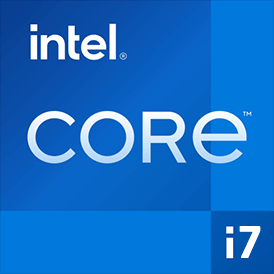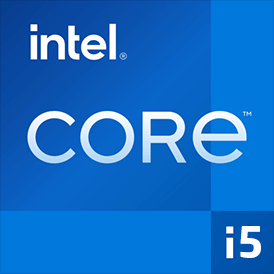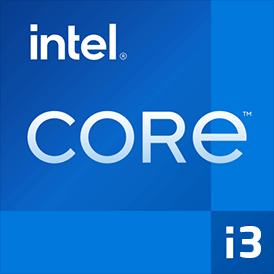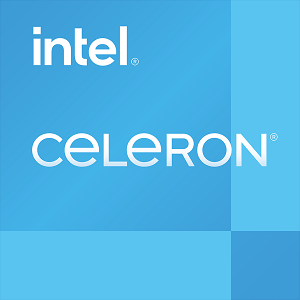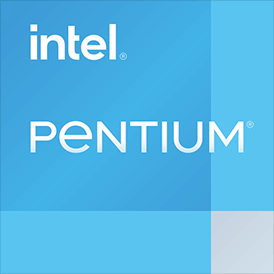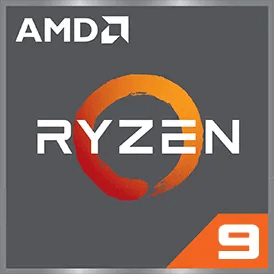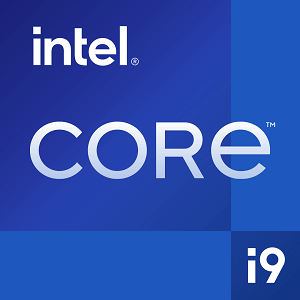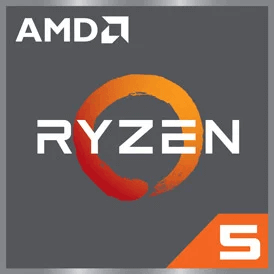Intel Processor 300 vs Intel Core i7 14700K
We compared two desktop CPUs: Intel Processor 300 with 2 cores 3.9GHz and Intel Core i7 14700K with 20 cores 3.4GHz . You will find out which processor performs better in benchmark tests, key specifications, power consumption and more.
Main Differences
Intel Processor 300 's Advantages
Higher base frequency (3.9GHz vs 3.4GHz)
Lower TDP (46W vs 125W)
Intel Core i7 14700K 's Advantages
Better graphics card performance
Higher specification of memory (5600 vs 4800)
Larger memory bandwidth (89.6GB/s vs 76.8GB/s)
Larger L3 cache size (33MB vs 6MB)
Score
Benchmark
Cinebench R23 Single Core
Intel Processor 300
1467
Intel Core i7 14700K
+48%
2174
Cinebench R23 Multi Core
Intel Processor 300
3921
Intel Core i7 14700K
+787%
34805
Geekbench 6 Single Core
Intel Processor 300
2152
Intel Core i7 14700K
+40%
3019
Geekbench 6 Multi Core
Intel Processor 300
4427
Intel Core i7 14700K
+361%
20412
Cinebench 2024 Single Core
Intel Processor 300
88
Intel Core i7 14700K
+46%
129
Cinebench 2024 Multi Core
Intel Processor 300
216
Intel Core i7 14700K
+819%
1987
Passmark CPU Single Core
Intel Processor 300
3218
Intel Core i7 14700K
+39%
4485
Passmark CPU Multi Core
Intel Processor 300
7257
Intel Core i7 14700K
+640%
53739
General Parameters
Oct 2023
Release Date
Oct 2023
Intel
Manufacturer
Intel
Desktop
Type
Desktop
x86-64
Instruction Set
x86-64
Alder Lake
Core Architecture
Raptor Lake Refresh
300
Processor Number
i7-14700K
LGA-1700
Socket
LGA-1700
UHD Graphics 710
Integrated Graphics
UHD Graphics 770
-
Generation
Core i7 (Raptor Lake Refresh)
Package
10 nm
Manufacturing Process
10 nm
46 W
Power Consumption
125 W
-
Max Turbo Power Consumption
253 W
100 °C
Peak Operating Temperature
100°C
-
Foundry
Intel
-
Die Size
257 mm²
CPU Performance
2
Performance Cores
8
4
Performance Core Threads
16
3.9 GHz
Performance Core Base Frequency
3.4 GHz
-
Performance Core Turbo Frequency
5.6 GHz
-
Efficiency Cores
12
-
Efficiency Core Threads
12
-
Efficiency Core Base Frequency
2.5 GHz
-
Efficiency Core Turbo Frequency
4.3 GHz
2
Total Core Count
20
4
Total Thread Count
28
100 MHz
Bus Frequency
100 MHz
39
Multiplier
34x
80 K per core
L1 Cache
80 K per core
1280 K per core
L2 Cache
2 MB per core
6 MB shared
L3 Cache
33 MB shared
No
Unlocked Multiplier
Yes
-
SMP
1
Memory Parameters
DDR5-4800,DDR4-3200
Memory Types
DDR5-5600, DDR4-3200
192 GB
Max Memory Size
192 GB
2
Max Memory Channels
2
76.8 GB/s
Max Memory Bandwidth
89.6 GB/s
No
ECC Memory Support
Yes
Graphics Card Parameters
true
Integrated Graphics
true
300 MHz
GPU Base Frequency
300 MHz
1450 MHz
GPU Max Dynamic Frequency
1600 MHz
192
Shader Units
256
48
Texture Units
16
24
Raster Operation Units
8
24
Execution Units
32
15
Power Consumption
15 W
3840x2160 - 60 Hz
Max Resolution
-
0.56 TFLOPS
Graphics Performance
0.78 TFLOPS

